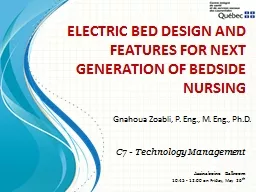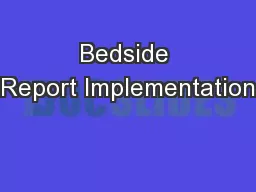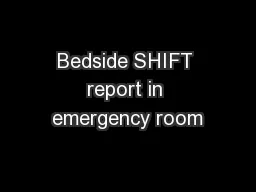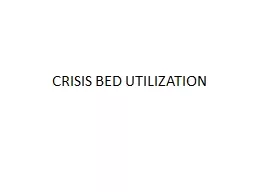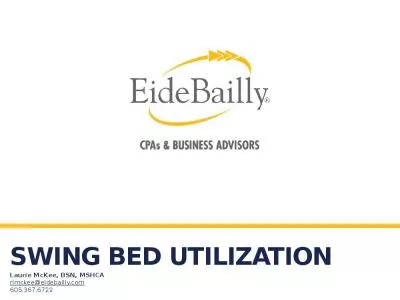PPT-ELECTRIC BED DESIGN AND FEATURES FOR NEXT GENERATION OF BEDSIDE NURSING
Author : tawny-fly | Published Date : 2019-11-18
ELECTRIC BED DESIGN AND FEATURES FOR NEXT GENERATION OF BEDSIDE NURSING Gnahoua Zoabli P Eng M Eng PhD C7 Technology Management Assinaboine Ballroom 1045 1200
Presentation Embed Code
Download Presentation
Download Presentation The PPT/PDF document "ELECTRIC BED DESIGN AND FEATURES FOR NEX..." is the property of its rightful owner. Permission is granted to download and print the materials on this website for personal, non-commercial use only, and to display it on your personal computer provided you do not modify the materials and that you retain all copyright notices contained in the materials. By downloading content from our website, you accept the terms of this agreement.
ELECTRIC BED DESIGN AND FEATURES FOR NEXT GENERATION OF BEDSIDE NURSING: Transcript
Download Rules Of Document
"ELECTRIC BED DESIGN AND FEATURES FOR NEXT GENERATION OF BEDSIDE NURSING"The content belongs to its owner. You may download and print it for personal use, without modification, and keep all copyright notices. By downloading, you agree to these terms.
Related Documents

